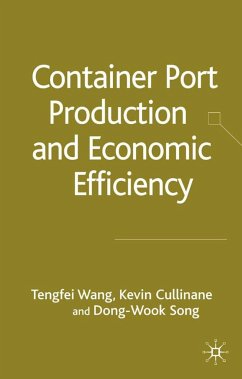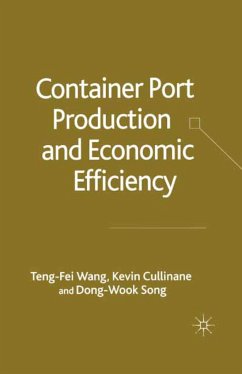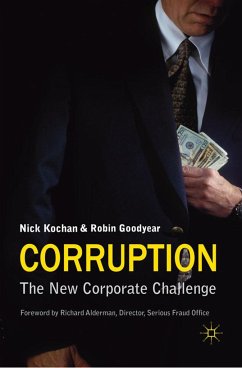
Global Price Fixing
Versandkostenfrei!
Versandfertig in 6-10 Tagen
151,99 €
inkl. MwSt.
Weitere Ausgaben:

PAYBACK Punkte
76 °P sammeln!
This book describes and analyzes the formation, operation, and impacts of modern global cartels. It provides a broad picture of the economics, competition law and history of international price fixing. Intensive case studies of collusion in the markets for lysine, citric acid, and vitamins offer a deep, detailed understanding of the phenomenon. The author assesses whether antitrust enforcement by the European Union, the United States, and other countries can deter cartels.
I have devoted myself to studying the economic organization of industries for thirty years. It has been my good fortune to work at places that tol- ated my gadfly approach to research. So long as I produced a few publi- tions each year and wooed a few graduate students to share those interests, I was free to sample a smorgasbord of economic delights: why firms div- sify, the competitive role of advertising, strategies for selling in overseas markets, measuring market power, and many others. Although firmly - chored in the eclectic analytical framework of industrial economics and focused on the food system, I traversed a wide field at will. A decade ago I had pretty much convinced myself that naked price fixing was not a high priority for scholarship. True, collusion was rife in a few industries, such as bid-rigging among suppliers of fluid milk to school districts in isolated rural districts. Ripping off milk money from school children is reprehensible enough, but the size of theeconomic losses from localized price fixing paled besides other sources of imperfect competition. Moreover, there were no great policy debates about the wisdom or me- ods of enforcing the price-fixing prohibitions in the Nation's antitrust laws.














